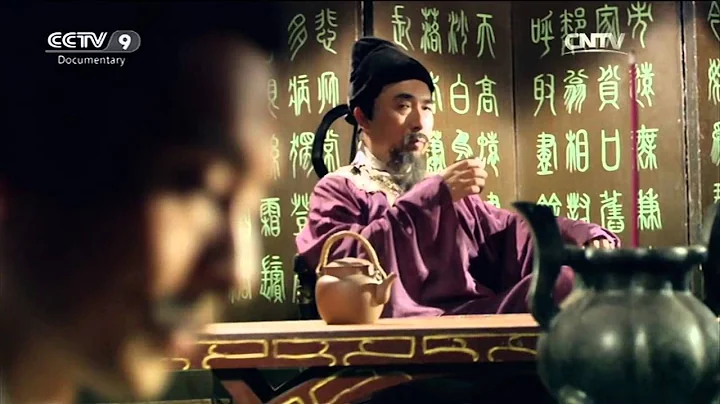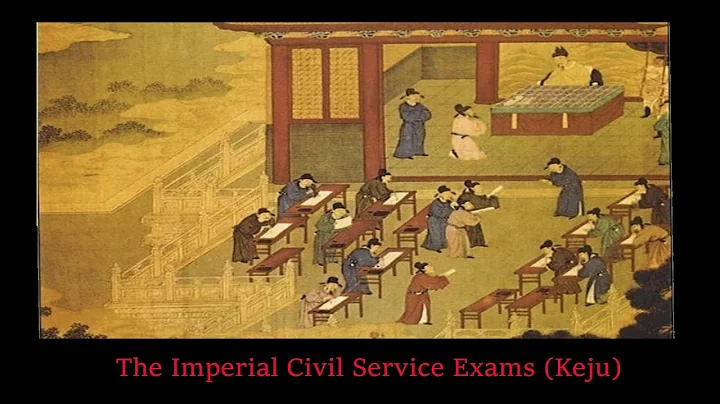

















light rain yesterday,Cousin is back from Beijing! I hope to go around Shenyang Station. I am a child of the railway, looking for my childhood memories! Walk to the second group of the Heping Traffic Police, the current railway guest house, at No. 43-1 and No. 2, Kunming North Street, Heping District, there are two Japanese-style brick-concrete buildings next to each other. The mixed structure of wooden beams and bricks and tiles has an "L" shape, and the partitions between the building windows are decorated with cement. It covers an area of 2661 square meters and is the dormitory and office building of Fengtianyi Japanese Garrison built in 1937. The building on the left of the dormitory of the Japanese garrison in Fengtianyi is the office of the Japanese army, and the building on the right is the accommodation for the officers and soldiers of the Japanese garrison. Witnessed Japan's invasion of the Northeast and the bloody rule of Shenyang City that year.
This is the second dormitory of the railway bureau. Many people on the railway have lived here! Please remember the memories of staying there!
On September 5, 1905, the two sides of the Russo-Japanese War signed the "Portsmouth Treaty" under the mediation of the United States, and the Nanman branch of the Dongqing Railway built by the Russians was forced to hand over to the Japanese. On the pretext of protecting the safety of the “South Manchurian Railway”, Japanese imperialism stipulates in the annex to the treaty that Japan is allowed to set up a railway garrison and grant every kilometer of railroad on the 1,100-km-long Nanman Railway (including branch lines). Can garrison the power of 15 troops. Since then, Japan has "justifiably" added another heavily armed army in the northeast, its full name is "South Manchurian Railway Independent Defense Force".

(Japanese railway garrison is patrolling)
In February 1907, the Japanese army drew three groups from the 3rd and 9th divisions to form an independent garrison. In April, the headquarters of the garrison was established in Gongzhuling, Jilin. The first garrison commander was Major General Shigeyuki Nitahara. The headquarters has six brigades, and each brigade has four squadrons. The headquarters of the First Brigade is located in Gongzhuling, and its four squadrons are stationed in Changchun, Guojiadian, Gongzhuling, and Fanjiatun. The headquarters of the Second Brigade was located in Kaiyuan, and the 4 squadrons were stationed in Kaiyuan (two squadrons), Changtu, and Siping. The headquarters of the third squadron is located in Fengtian, and the four squadrons are stationed in Fushun, Fengtian, Yantai, and Hushitai. The headquarters of the fourth squadron was located in Phoenix (later in Lianshanguan), and the 4 squadrons were stationed in Benxi Lake, Qiaotou, Phoenix, and Andong County. The headquarters of the fifth squadron is located in Dashiqiao, and the 4 squadrons are stationed in Dashiqiao (two squadrons), Anshan, and Haicheng. The headquarters of the sixth brigade is located in Wafangdian, and the 4 squadrons are located in Wafangdian (two squadrons), Deli Temple, and Xiongyuecheng.The Japanese garrison that protected the Nanman-Manchurian Railway was stationed in cities along the railway. At that time, the 6 brigades had a total force of 3,840, which increased to 10,100 in 1919, and has often maintained between 12,000 and 14,000. In addition, there is a heavy artillery brigade in Lushun, the Kwantung Army Depot (including the Dalian Branch Depot and Tieling Branch Depot below), and the garrison hospitals in Lushun, Liaoyang, and Tieling are all under the jurisdiction of the garrison headquarters. In July 1909, the "South Manchurian Railway Independent Defense Team" was deployed across the board.
On April 12, 1919, Japan changed the Kanto Metropolitan Government Office to the Kanto Office, and established the Kwantung Army Command based on the former Metropolitan Government’s War Department. The Kwantung Army is composed of a division stationed in Northeast China and 6 brigades of the railway garrison. The Kwantung Hall is the highest judicial and administrative organ; the Kwantung Army Headquarters is the highest military organ. The headquarters of the Japanese Kwantung Army was first established in Shenyang, then moved to Lushun, then returned to Shenyang in September 1931, and moved to Changchun when the Puppet Manchukuo was established in 1932.
In the first year of Qing Xuantong (1909), Japan forced China to sign the "Fengtian Ten House Lease Regulations" with it. The ten rooms, namely the area around the National Cinema and Suichuan Street, are located in the southwestern area of the commercial port where Shengjing opened its own port at that time, and further west to the "railway attachment" centered on the old crossing and the west tower. Japan chose to “rent the land” here because it is the “railway attachment” closest to the Shengjing city. Since then, the Shijianfang area has become the first commercial operation area for foreigners in Shengjing. But the Japanese opened shops here, built houses, and even built a Japanese brothel street...all of which went beyond the provisions of the "Land Lease Regulations." Japan not only invaded and occupied land forcefully, but also expelled Chinese residents.
After ten rooms succeeded, Japan built a new railway station "Fengtianyi" (namely Shenyang Station) under the name of connecting Anfeng Railway with the "Nanman Main Line", and illegally built a new railway station based on this. The city street connects ten houses and "railway land" into one. During the period when the Northeast was occupied, in order to strengthen the rule of Shenyang and strengthen the military deployment in Shenyang, the Japanese invaders sent a large number of Japanese garrisons to the important Fengtianyi Railway Station.
The Japanese garrison is a symbol of the Japanese occupation of the Fengtian Railway. It is a display of military power and its function is to deter the Chinese people around the station.Suppress anti-Japanese activities. Different from other stations, the Fengtian Independent Defense Team was transferred from Japan at the beginning of its formation. On September 18, 1931, Japan launched the "September 18th" Incident. The Second Brigade of the Japanese Independent Defense Corps acted as the vanguard and launched an offensive on the Northeast Army garrison of the Northeast Army. After the defeat of Japan in 1945, the dormitory building of the Japanese garrison of Fengtianyi was taken over by the Shenyang Railway Bureau . It is the property right of the railway.
.










